A Closer Look at the UNESCO Lace Traditions on Pag
August 7, 2022 - Having recently visited the island of Pag, as one of my summer stops, I discovered an old tradition that can be seen throughout all the nooks and crannies of Pag town – a quiet and historic destination worth visiting! All things lace can be found around the small town, whether it be on the town’s streets, tourist shops, or inside Pag’s Lace Gallery.
Lacemaking, a cherished tradition in Croatia known as ‘teg’, has been recorded throughout the Mediterranean in the mid-fifteenth century – when small rural communities left a cultural heritage to be passed down generations. The renowned folk-art form has seen patience and skill from women unlike anything else, as their hard-working hands are well acquainted with the delicate lace we now see on the streets of Pag.
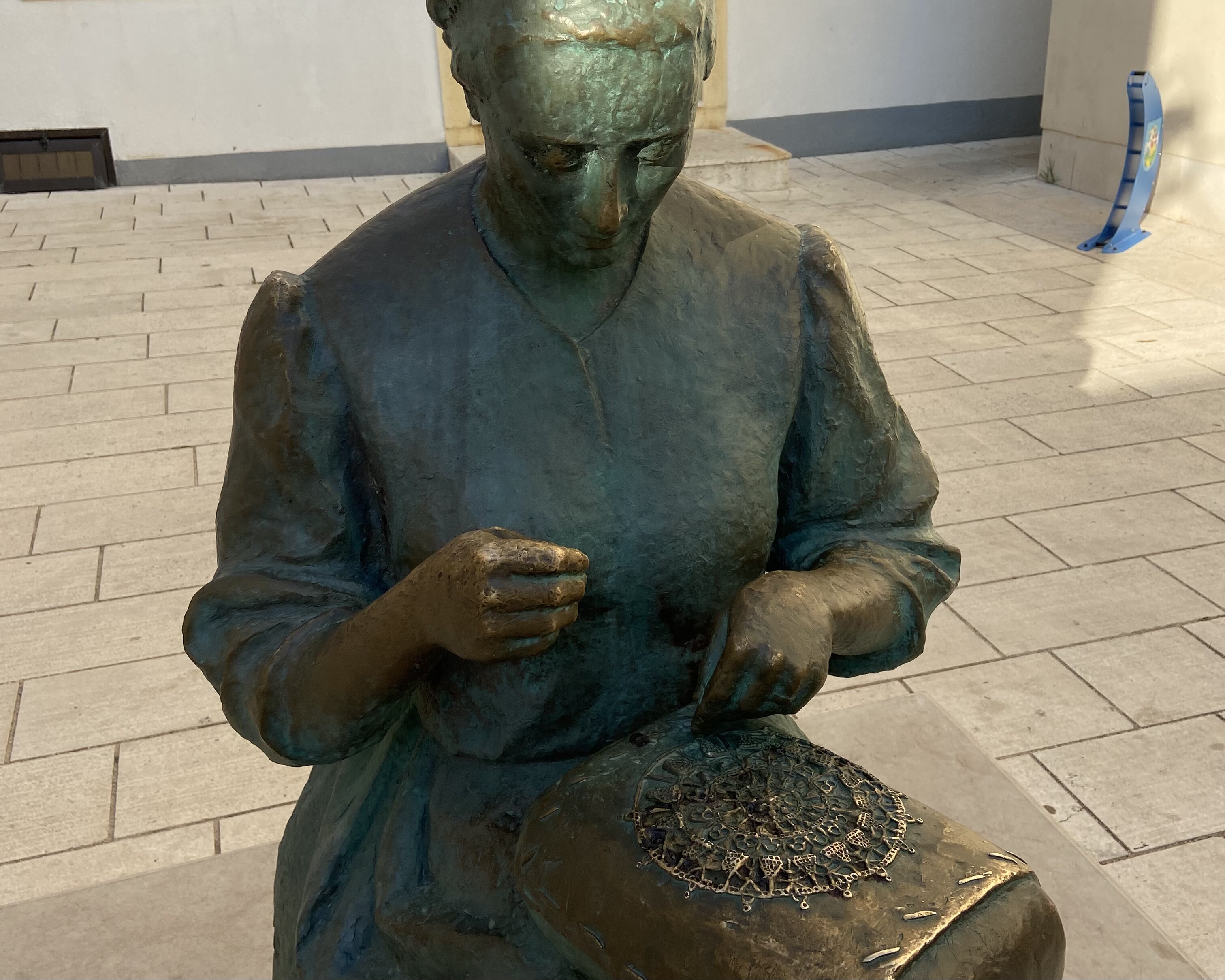
Photo: Ailin Khassen
Such beauty requiring an ordinary mending needle and thread, as well as a backing – which is usually a hard stuffed pillow – is created by intangible designs; known to have been handed down from generation to generation. However, it is very likely to find each lace maker adds her own personal touch to her special lacework.
The lace, having been seen as a design on clerical vestments and national costumes (specifically the blouses and headgear, called ‘pokravica’), has now become known as a stand-alone item. Most commonly, it is utilised as a decorative item, such as an adornment on furniture; an embellishment framed and mounted on walls; a detail sewn onto articles of apparel, and hems of curtains and tablecloths.
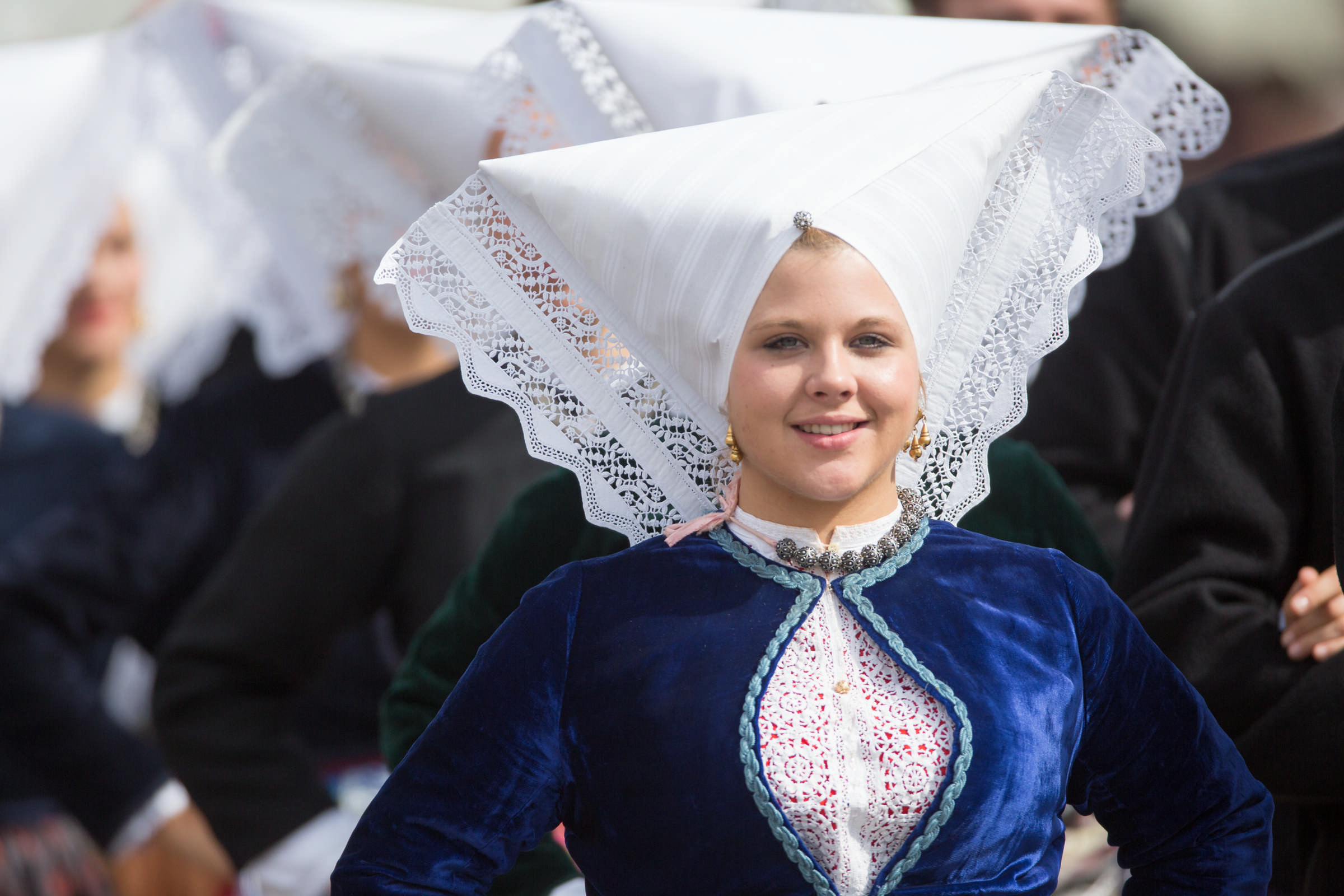
Photo: Romulic & Stojcic
This painstaking work became renowned and diversified due to the admiration it got many years ago. In 1937, Pag’s lacework has received the gold plaque for high-quality handcraft at the World Exhibition in Paris – aiding in the demand it has seen over the years. Moreover, it is known that Empress Maria Theresa kept a lacemaker from Pag at the court in Vienna. To add, in 2009, these tiny works of art have been registered in the list of intangible cultural heritage by UNESCO – along with the lace in the island of Hvar and the town of Lepoglava!
Therefore, this precious lacemaking tradition is widespread and cherished by many in Croatia. To protect this handiwork, the Town of Pag, with the State Intellectual Property Office, has decided to implement the act of signing a license agreement when wanting to commercialise or use the lace of Pag for souvenirs, and clothing and other items. “With this act, we pay tribute to Pag lace and choose who will use it and in what way,” the director of the Pag Tourist Board, Vesna Karavanić, told HRT.
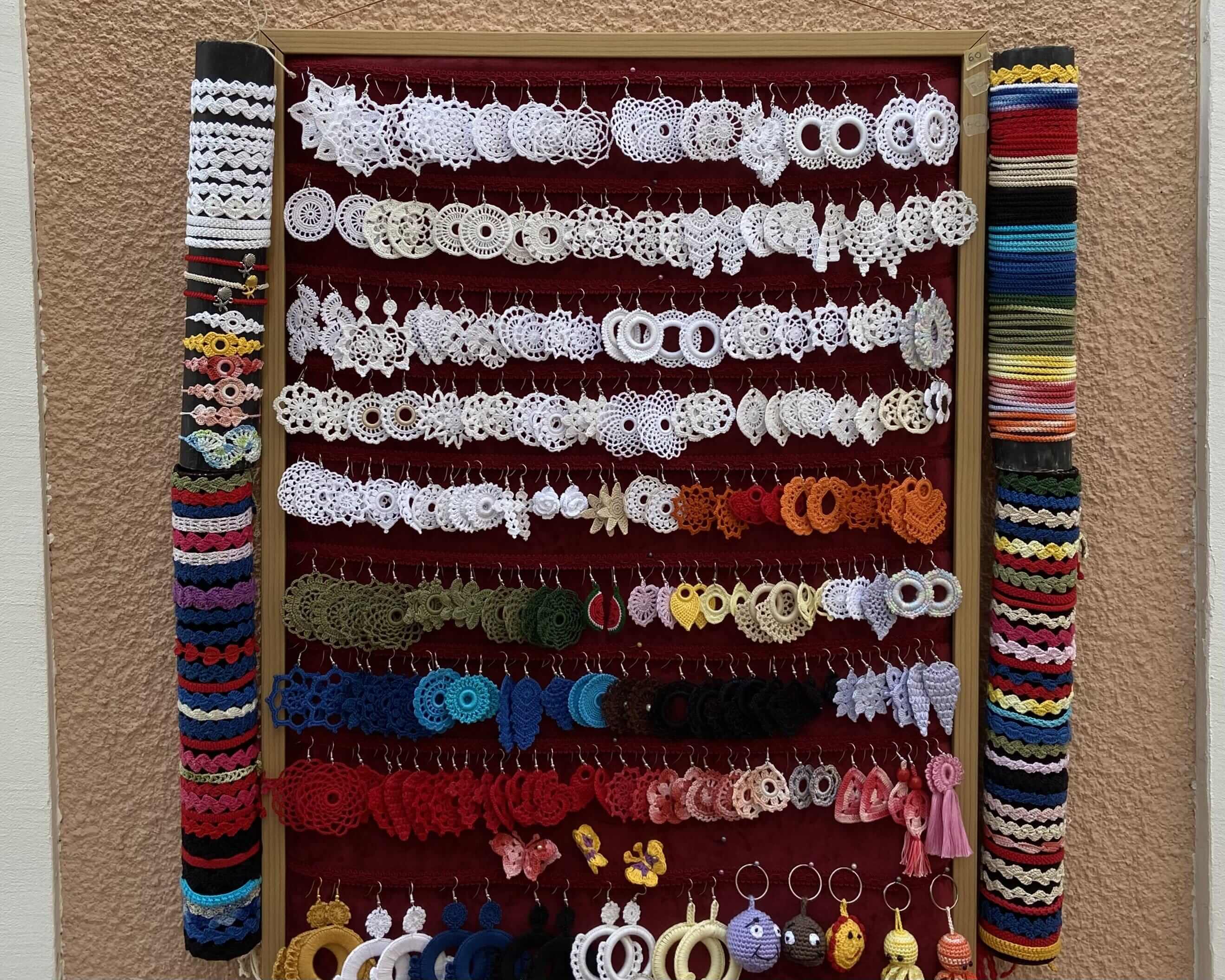
Photo: Ailin Khassen
With the word of beauty and preciseness of the lace of Pag being carried far, it is no surprise that tourists end up purchasing a piece of handiwork in one of the gift shops in the town of Pag. Additionally, it is a true pleasure to visit the Benedictine nuns of the Monastery of Santa Margherita – who keep the lace craft tradition in Pag as strong as it is. A collection of over a hundred exhibits, which have been collected and preserved for over 150 years, can be found in the Monastery as well. So, do not miss the opportunity to stop in the town of Pag to encounter the renowned lace that is as delicate as a snowflake, but durable enough to withstand laundering!
For more on travel in Croatia, follow TCN's dedicated page.
Croatian Souvenirs: 10 Things That Fit in Your Suitcase
31 March 2020 - After wandering the cobblestone streets and soaking up the Mediterranean sun, maybe you’re thinking of picking up something to remember your time here, or to share a part of your travels with loved ones back home. Here are some unique Croatian souvenirs you won’t find anywhere else. And better yet, most of them fit into your carry-on! All the better for those last-minute shopping trips before hopping on your flight home.
Lavender products
Did you know that lavender originated from the Mediterranean before growing in popularity around the world? 50 years ago, Croatian farmers were producing up to 10% of the world’s lavender flowers, before a series of wildfires decimated the industry.
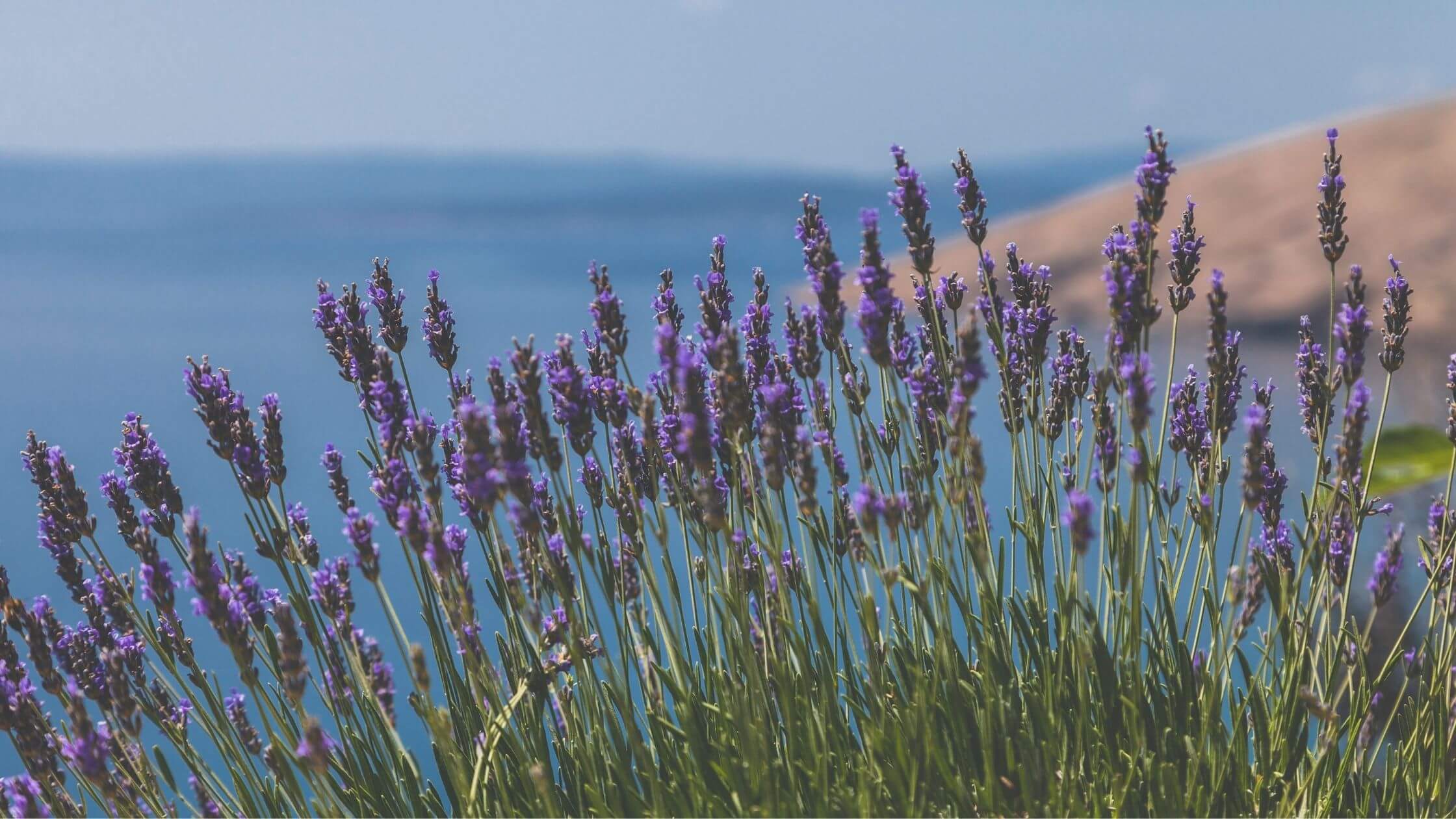
Visit some of the most gorgeous lavender fields on Hvar, an island in the South of Croatia. (Image: Pexels)
Today, Croatian lavender production is making a comeback. Harvested in the Fall, its calming herbal essence is infused in a variety of products like soaps, lotions, and oils. Pick up a bottle of lavender oil, where just a couple drops in an infuser or laundry, goes a long way.
Istrian truffles
The dark, dense forests in the hinterlands of Istria provide the perfect breeding ground for Croatian truffles. So much so that in 1999, Giancarlo Zigante, a local truffle hunter found the largest truffle in the world at the time, weighing 2.86 pounds (1.29 kgs). He later had the “millennium” truffle cast in bronze before selling it at a whopping USD$330,000 at an auction.
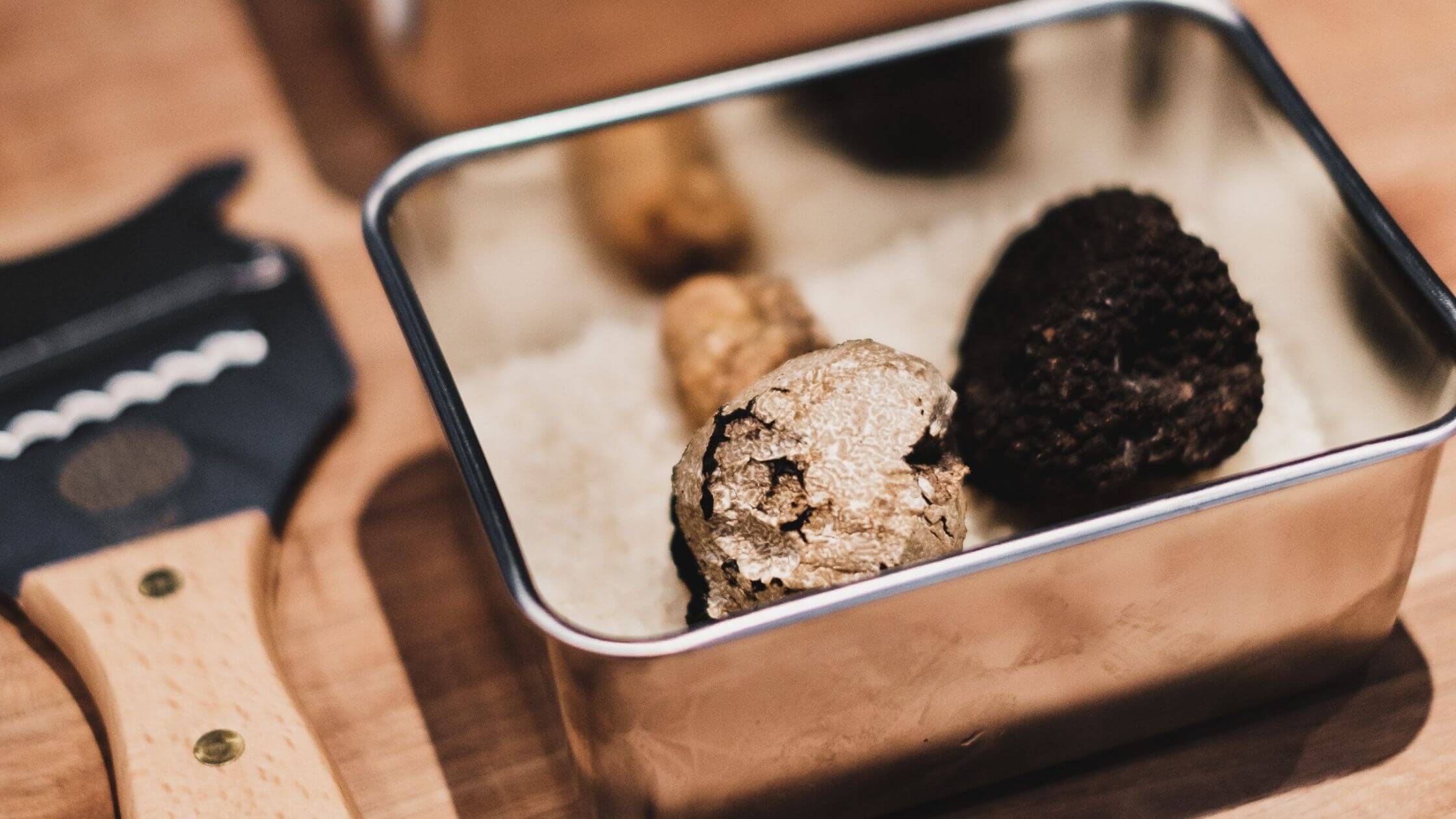
Prices of whole Istrian truffles can start at €50 for the more common autumn truffle and €200 for the rare white truffle. (Image: Pexels)
If you can, purchasing a whole truffle allows you to savor its intense, earthy aroma, when freshly shaved over dishes like pasta or eggs. You can also find truffle infused oils, cheeses, chips and even chocolate (it’s tasty!), guaranteed to please any foodie.
Olive oil
Unlike other countries in the Mediterranean such as Italy and Greece, Croatian olive oil can be difficult to find as export levels have yet to reach their counterparts. While Istria produces the largest proportion of Croatian olive oil (10%), other varieties of olives are also grown on the Dalmatian coast which produces different types of oil. So grab a bottle of these award-winning oils on your next visit here.
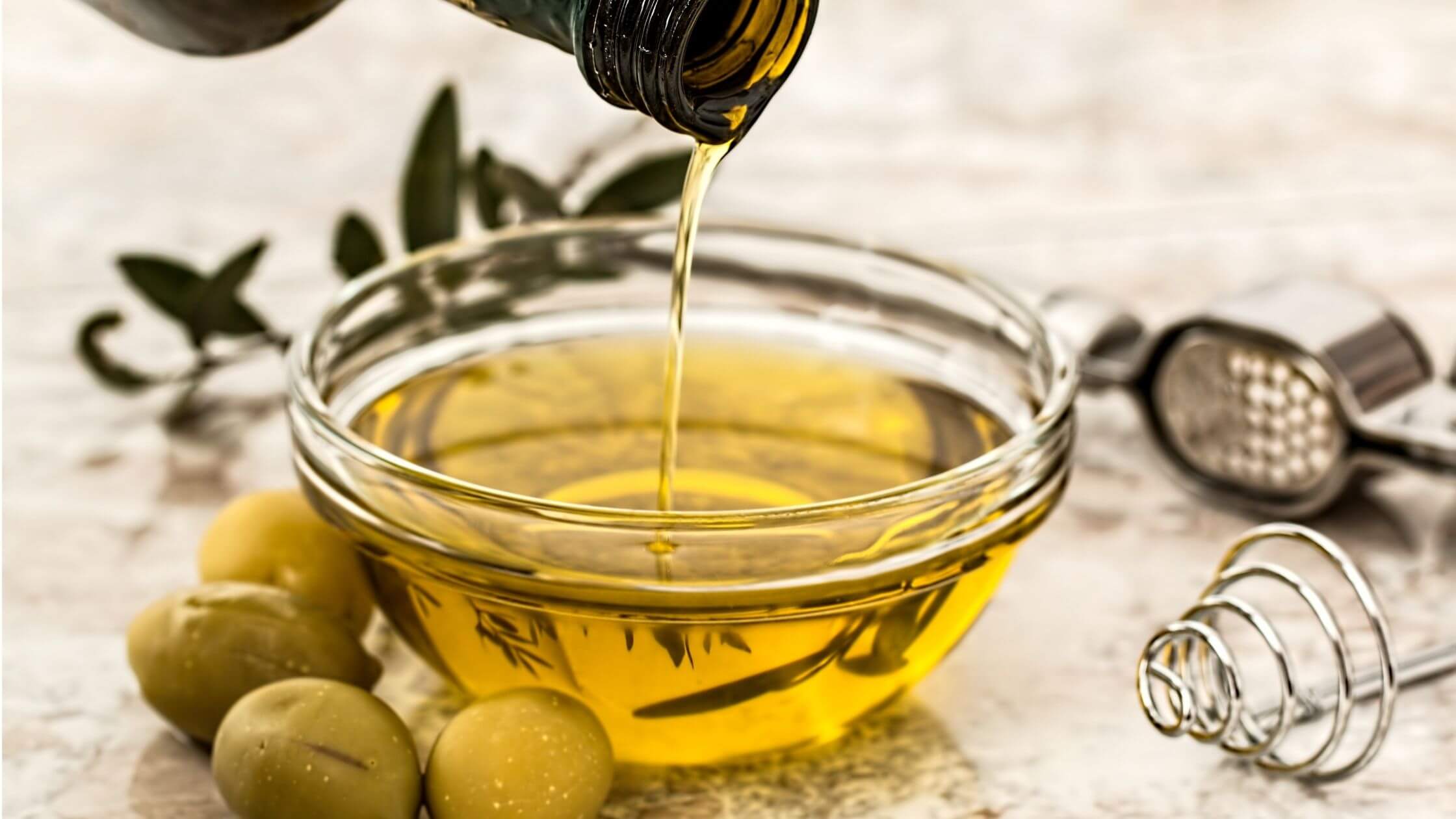
Olive oil from Istria was considered the "gold standard" of oils during Roman times. (Image: Pexels)
Wine
Like olive oil, Croatian wine can be quite difficult to find outside the country. Thankfully, this trend is slowly changing with small, independent producers competing in the global wine market, and gaining recognition for its outstanding quality.

Try ordering "table wine" or "stolno vino" at Croatian restaurants, you'd be surprised how delightful they are. (Image: Pexels)
Croatian wine producers are equally adept at producing rich, fruity white wines such as Graševina, Pošip, and Malvazija, and luscious reds like Teran, Plavac Mali, and Zinfandel. Regardless of your preference, buy a bottle or two for your next dinner party back home.
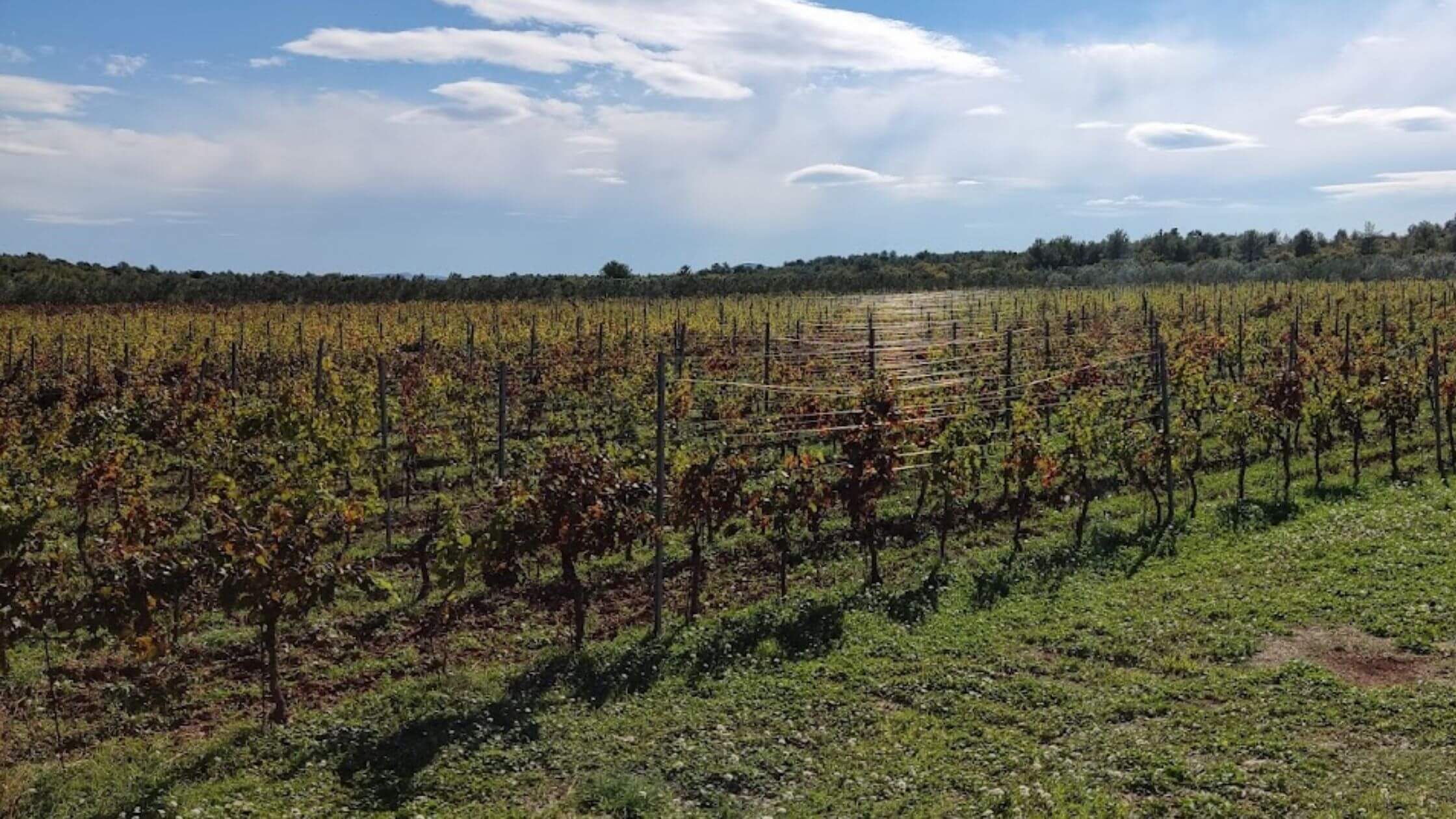
(Croatian vineyard along the Dalmatian coast. Image: Author's own)
Preserved fruit
Whether it’s at the store or the local market, you’ll always be able to find preserved fruit either whole or in jams, on sale throughout the year in Croatia. Popular local jam flavors include fig (a personal favorite), plum, cherry, and tangerine.

Homemade jam at a farmer's market. (Image: Pexels)
Alternatively, dried fruit and fruit peels also make delicious gifts. In the South of Croatia, you can often find packets of candied orange (arancini) and lemon (limuncini) peels, alongside dried fruits such as figs and apricots. Ideal as a snack on its own or added to baked goods.
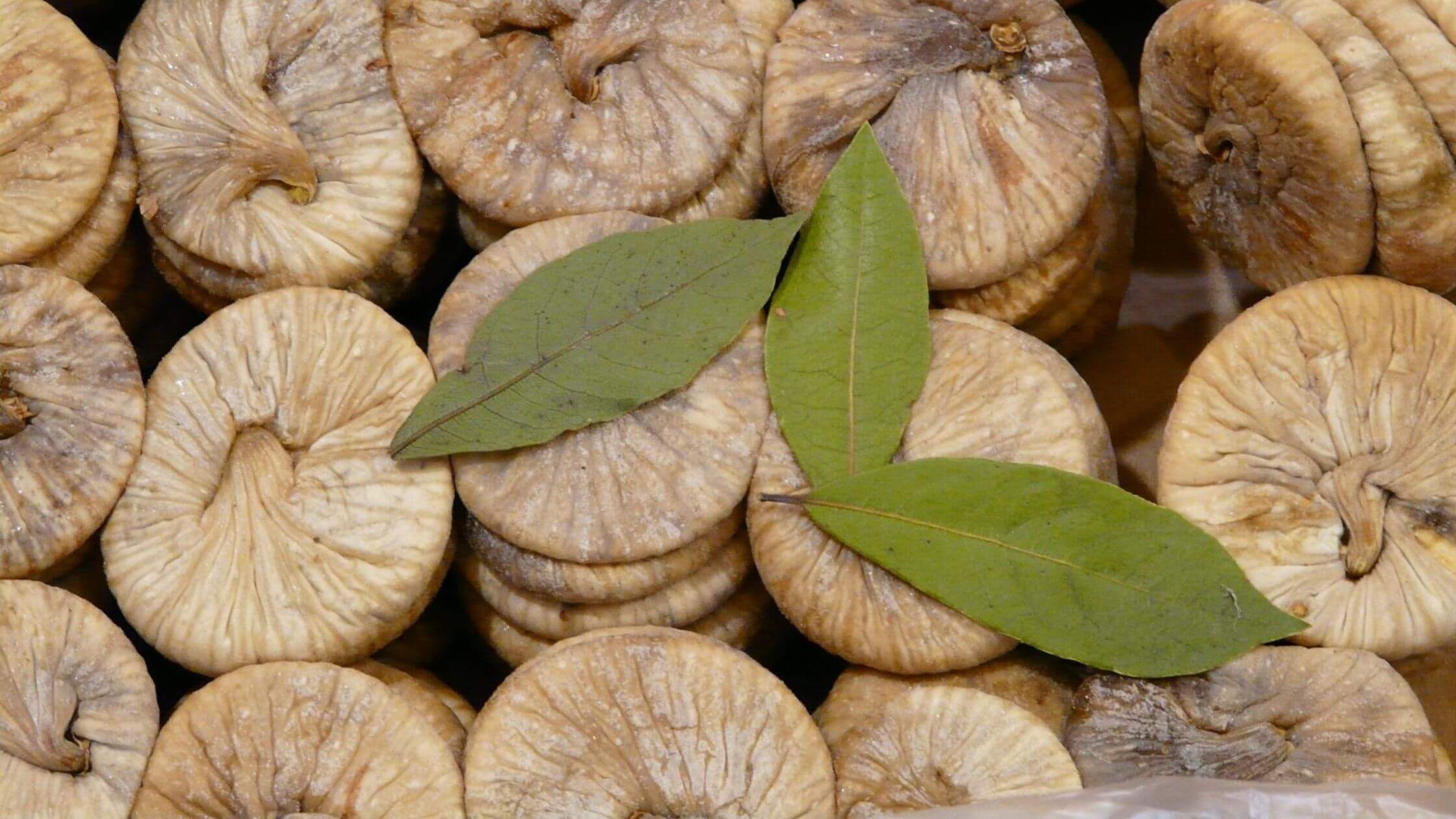
Dried figs are the perfect snack. (Image: Pexels)
Cravat
Once known as the Croat, the Cravat is the precursor to the modern-day tie and in fact, originates from these very shores. Historically, it was worn by Croatian soldiers to identify themselves due to the lack of military uniforms during the Thirty Years’ War (1618-1648). Its proliferation beyond the battlefield occurred when French soldiers took a liking to the rudimentary neckties worn by a regiment of Croatian troops stationed in France.

October 18 is Cravat Day, with the red cravat being the most traditional color. (Image: Pexels)
It wasn’t long before the trend spread throughout Europe and even took hold in America where the style is known as the ‘Ascot’.
Croatian lace products
Lacemaking has been a Croatian tradition dating back to the Renaissance (14th - 17th century). Since 2009, Croatian lace craft has been recognized as a UNESCO Intangible Cultural Heritage.
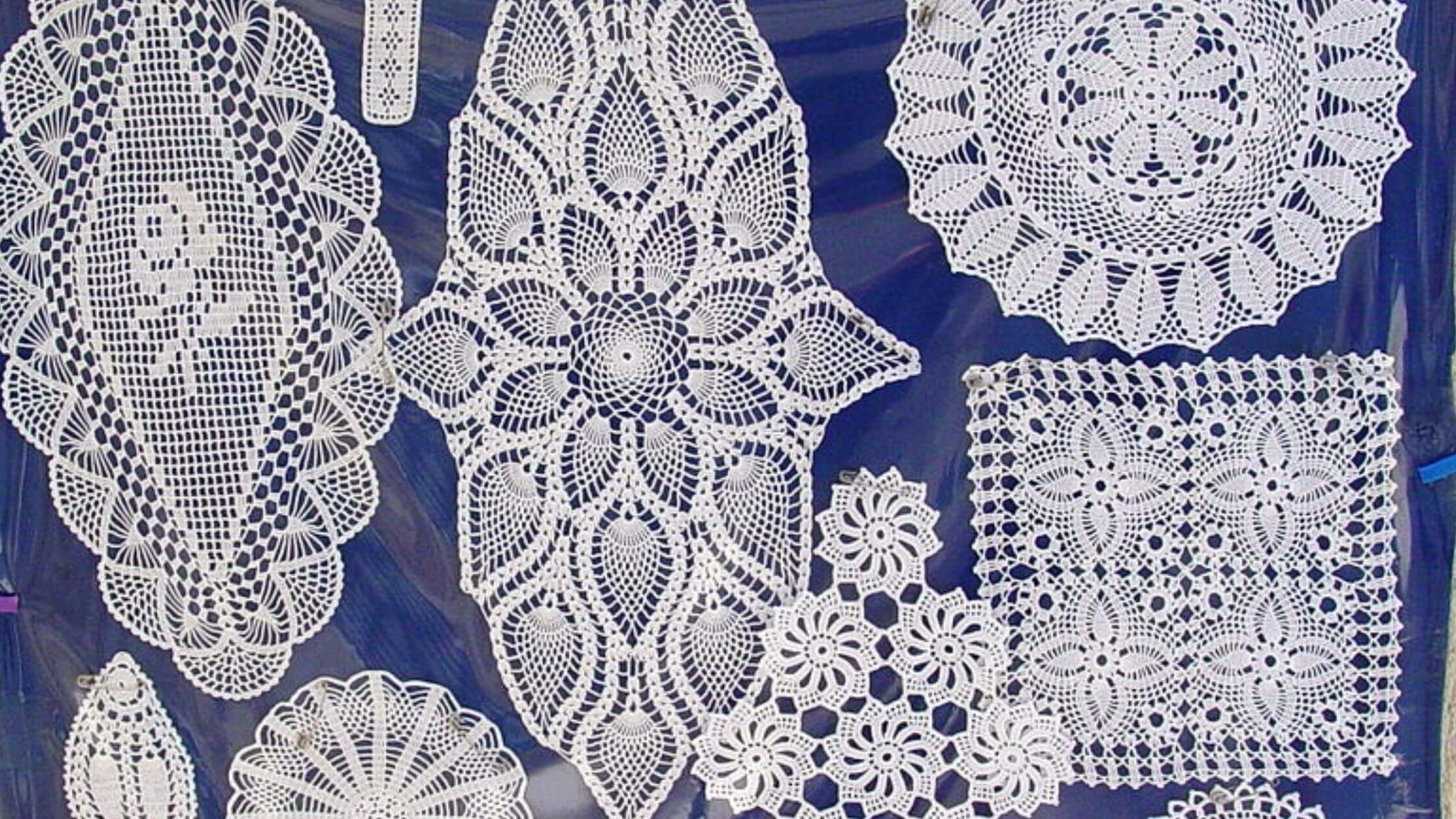
Delicate Pag lace doilies. (Image: Adam Jones adamjones.freeservers.com)
Three distinct traditions of lacemaking are still alive today, in the towns of Pag, Lepoglava, and Hvar, each with its own unique patterns and production methods. To purchase some of these keepsakes, lookout for gift stores or specialty shops selling lace tea cloths, place mats, or ornaments.
Rakija
Rakija is a fruit brandy considered the national drink of Slavic people across Croatia, Bosnia and Herzegovina, Bulgaria, Montenegro, Macedonia, and Serbia. Rakija has an alcohol content between 40-50% but can go up to 60% with a double distilling method that produces Prepečenica.
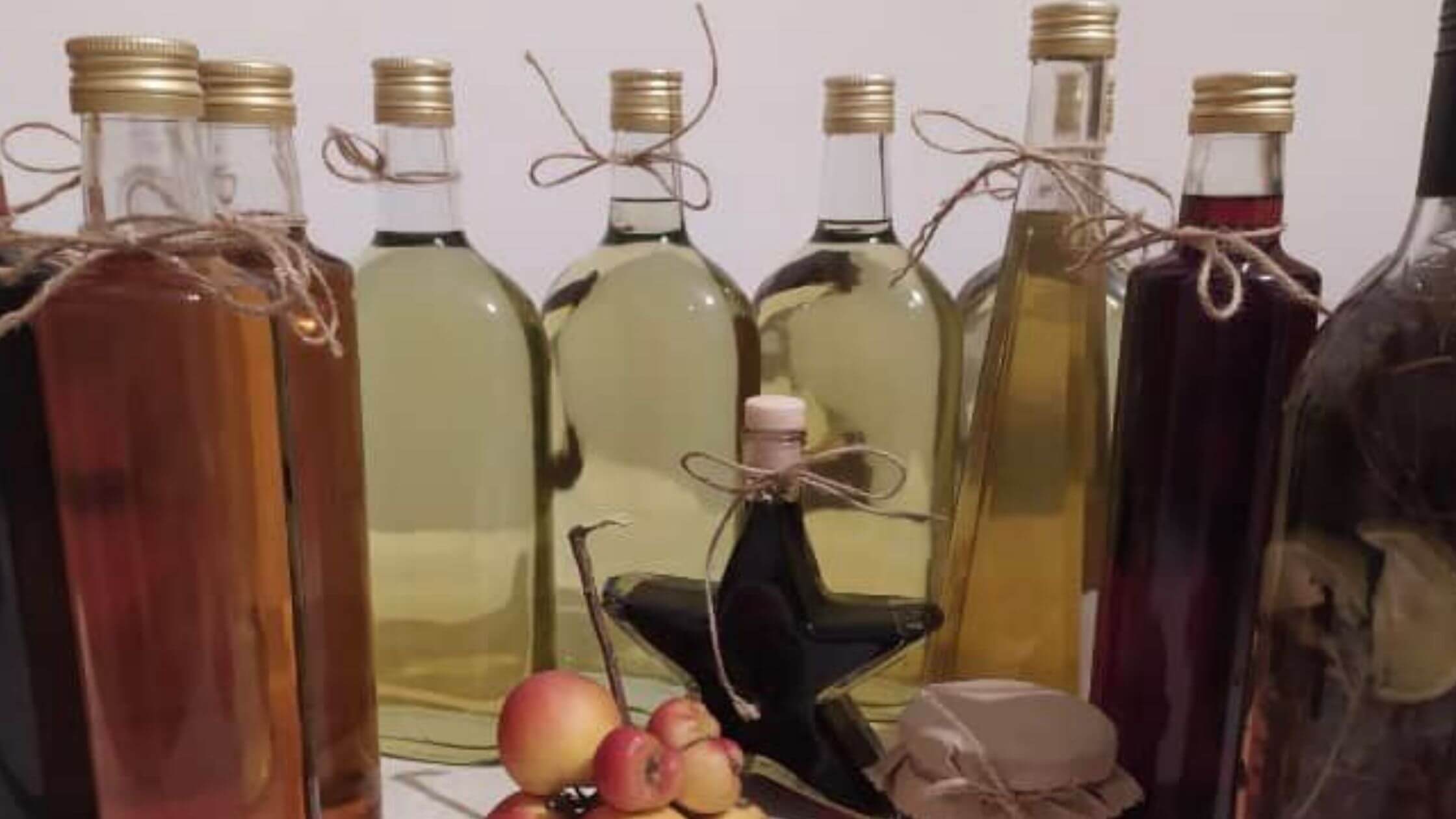
Different types of rakija distilled from different fruits. (Image: OPG Jukica/Facebook screenshot)
The most popular flavor in Croatia is plum, but rakija is also distilled from apricot, grapes, apples, pears, and quince. You can also find rakija infused with various herbs and spices such as juniper and carob for added complexity.
Gingerbread
Another Croatian craft on UNESCO’s Intangible Cultural Heritage List is gingerbread making. Gingerbread craft ship is common in the Northern areas of Croatia and remains a part of local festivities, events, and gatherings. Each craftsperson has their own unique way of decorating gingerbread, often icing each piece with names, verses, messages, or pictures.
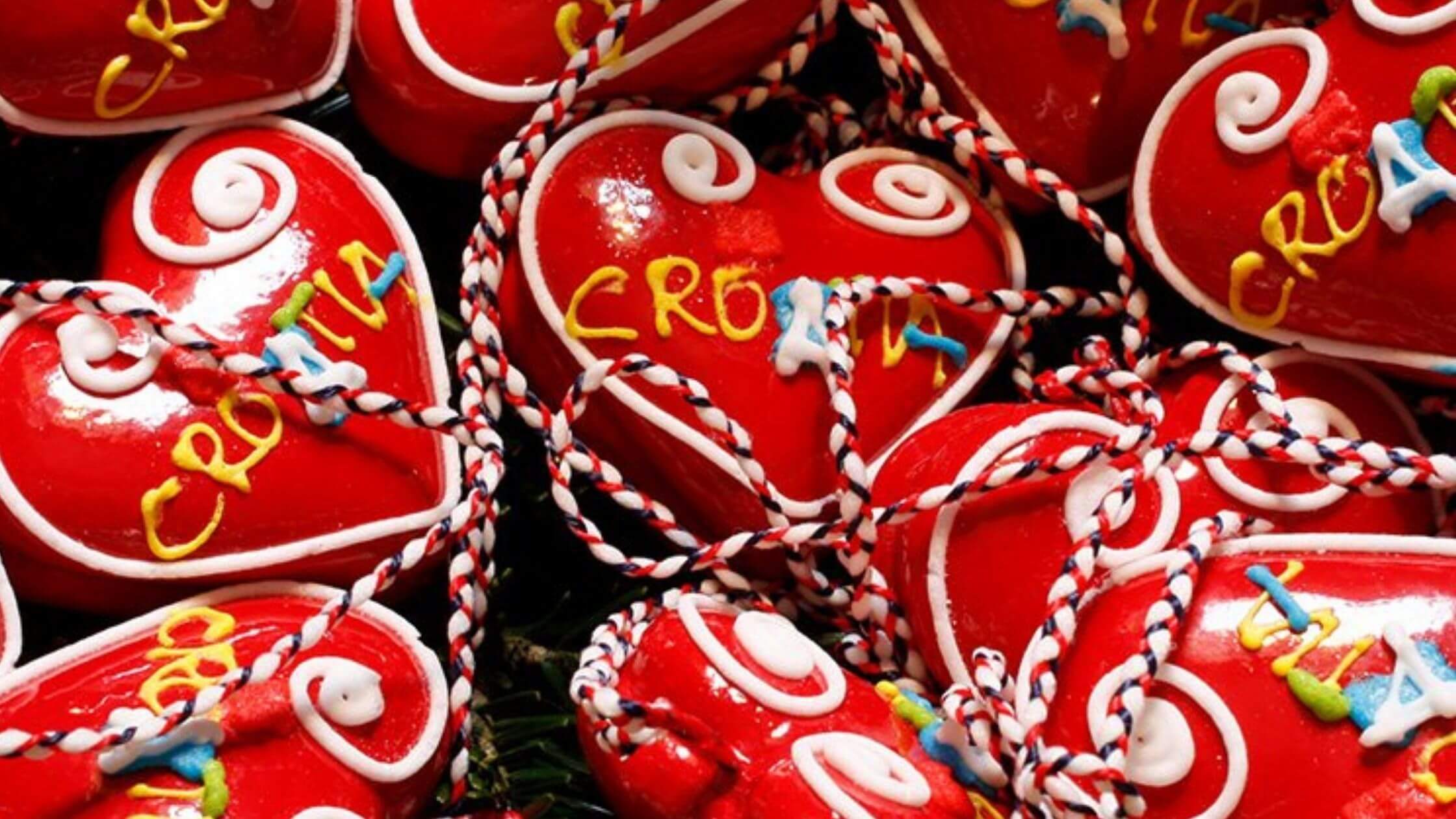
Lucitar hearts ornaments in Zagreb. (Image: Croatia Full of Life/Twitter screenshot)
In Zagreb, the gingerbread heart (Licitar heart) is the most common motif. You can find stores that offer personalization services, making them ideal Croatian souvenirs or gifts for loved ones.
Salt
Salt pans in the towns of Ston, Pag, and Nin have been in use as far back as Roman times, producing some of the finest sea salt in the world thanks to their ideal geographical positioning. Salt is produced from April to October, with each production cycle lasting 1-2 months. Ston Saltworks, the oldest salt production facility in Europe, can produce 500 tons of salt annually from just 9 crystallization pools.
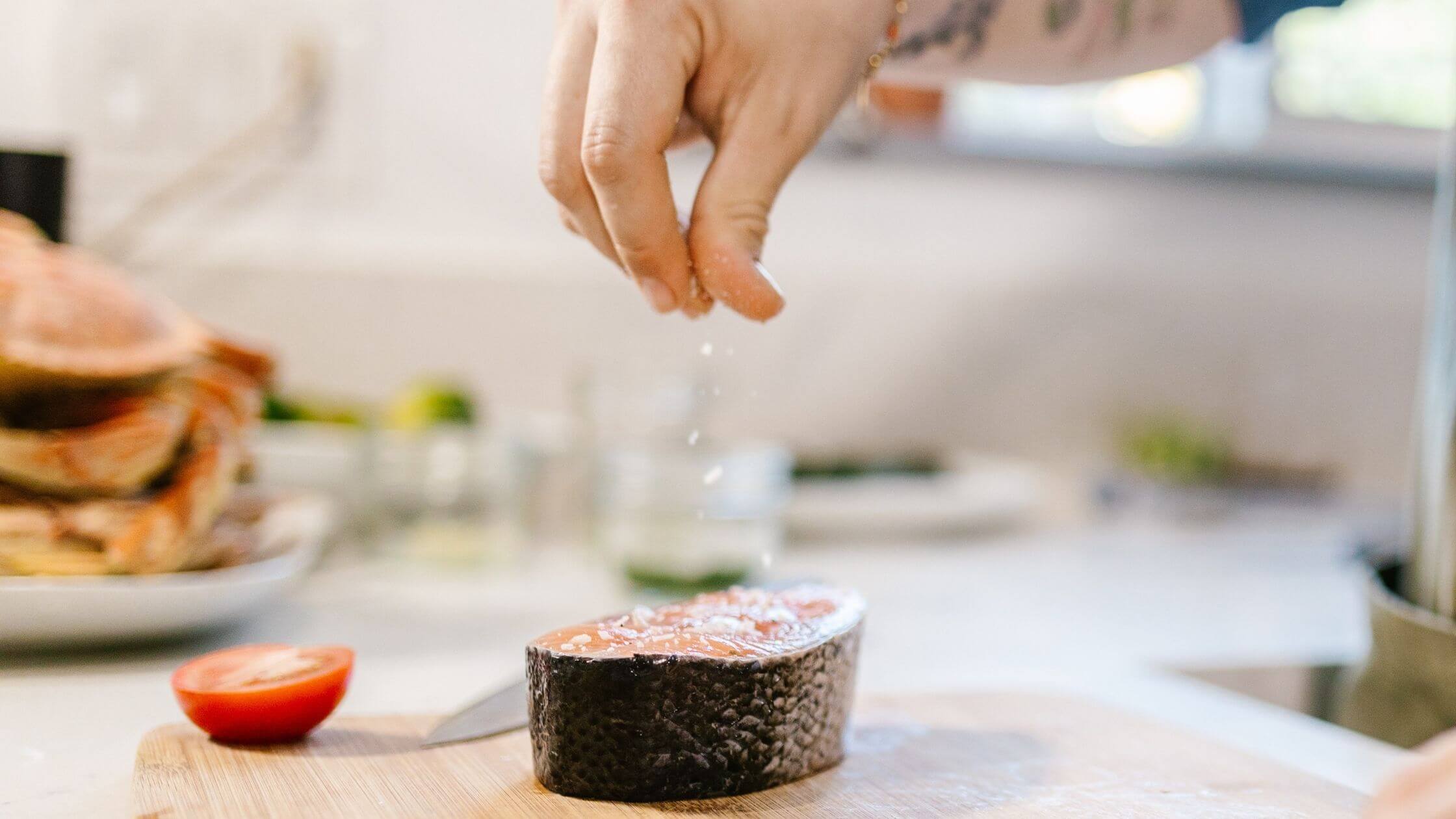
Crunchy flakes of Croatian salt make a great addition to any kitchen. (Image: Pexels)
Considering its affordability and prevalence of salt in everyday meals, consider picking up a bag of local salt the next time you pass through.
For more, check out our lifestyle section.
VIDEOS: Amazing New Google Project Shows Croatian Culture to the World
September 18, 2020 - Incredible new video series explore Croatian culture, its natural assets, and the country's rich traditions, a collaboration with Google
Steeped in history and tradition, Croatian culture is incredibly diverse. Recognised as being of high value to the country's appeal and its understanding of itself, many items from this rich heritage appear on the protected UNESCO list.
The Croatian National Tourist Board has teamed up with Google Arts & Culture and partners The Museum of Arts and the Museum of the Sinjska alka to produce an incredible series of videos that explore this cultural heritage.
From arts & crafts to music and dance, natural assets and architecture, the new videos show off the rich menu of traditions assets that make Croatia such an incredible country. With so many items included on the protected UNESCO list, there's always something more you can learn about Croatia, no matter how many times you visit.
Lace-making, costumes of folklore, ancient instruments, time-honoured recipes, beloved festivities and distinct, regional styles of music are just some of the facets of Croatian culture explored in the videos. Now, people from all over the world can explore Croatian culture and heritage before they even arrive. The menu of videos and accompanying media is presented in both English and Croatian.
Some of the videos in the series are not new, but they have been selected by the Croatian National Tourist Board for inclusion as they are the best at showcasing their particular aspect of Croatian culture. Alongside the video presentations, there are a wealth of photographs and informative texts. You can view the whole new collaboration with Google Arts & Culture here
For the latest travel info, bookmark our main travel info article, which is updated daily.
Read the Croatian Travel Update in your language - now available in 24 languages
Pag: 10th International Lace Festival from 20th to 23rd of June
It's difficult to claim one Croatian island to be more interesting than another, and it's even more difficult to make such claims about a country with more than 1,000 islands to its name. However, Pag is certainly an extremely unusual island.
If you've ever spent any time there, when compared to other Croatian islands which are typically thick with green Mediterranean vegetation and rich with life, you'll know that this almost entirely naked, Mars like structure in the Adriatic sea is in a league of its own. A paradise for photographers as well as tourists, Pag has a long and rich history as well as an incredibly bizarre landscape.
Organised by the Tourist Board of Pag and the Society of Pag lace makers "Frane Budak", from the 20th to the 23rd of June 2019, the tenth International Lace Festival will take place in the town of Pag. This is a manifestation which showcases part of this interesting Croatian island's rich history.
As Morski writes on the 17th of June, 2019, this year, the lace festival will be held under the auspices of the President of the Republic of Croatia, Kolinda Grabar-Kitarović, sponsored by the Croatian Ministry of Culture, Zadar County, and with the welcome additional sponsorship of Erste Bank. The festival's organisers have prepared a rich, interesting and educational program for all visitors.
During the three days of the festival, there will be exhibitions of Pag lace, lace workshops, a fashioh snow, performances, and an interesting historical exhibition on how people once lived on Pag, among other things. Klapa Ragusa and Klapa Kampanel will also perform their traditional music for all visitors.
At the Pag festival, more specifically the ground floor of the Rector's Palace at Petar Krešimir Square, you can see the exhibitions of the participating countries of the festival and numerous works from Germany, Bulgaria, Montenegro, Hungary, Czech Republic, Switzerland, Slovenia, and of course Croatia.
Follow our dedicated travel page for much more.
White Roses of Pag, Part II: Lace, UNESCO Intangible Cultural Heritage
April 2, 2018 - Continuing our look to Pag town's famous features, a tribute to a particular item of UNESCO fame - the world-renowned Pag lace
Making Magic With Needle and Thread: International Lace Festival in Pag
Pag island is known for three bastions of tradition: cheese, salt, and lace. We'll leave the first two for some other occasion and focus on amazing handcrafted creations that are being honoured this weekend at the 8th International Lace Festival in Pag town.


